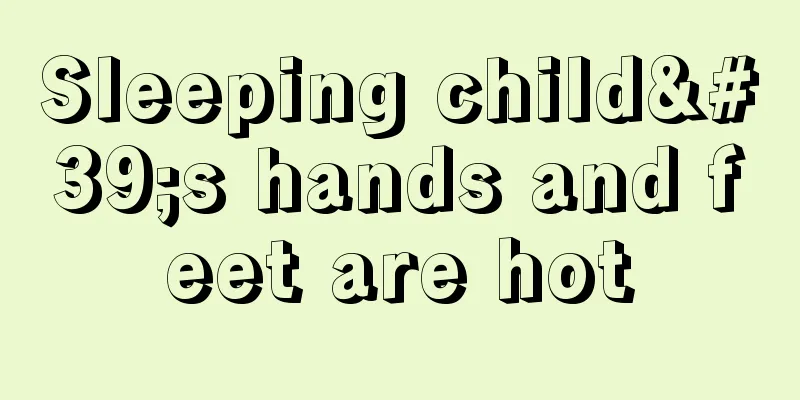Children have a fever and high mononuclear cell count

|
We all know that the normal monocyte ratio is 3-8%. The monocyte ratio refers to the percentage of monocytes in the white blood cells, in addition to it, there are neutrophils, eosinophils, alkaliphils, and lymphocytes. Monocytes constitute the important mononuclear-macrophage system and are an important component of the immune system. So, let’s understand why the baby has a fever and the monocyte count is high! The normal monocyte ratio is 3-8%. The monocyte ratio refers to the percentage of monocytes in the white blood cells, in addition to it, there are neutrophils, eosinophils, alkaliphils, and lymphocytes. Monocytes constitute the important mononuclear-macrophage system and are an important component of the immune system. Non-specific immunity is involved. Whether to give children antipyretics requires weighing the pros and cons. Of course, medicine can improve the child's condition and make the baby feel more comfortable; but it is also likely to bring some side effects. The World Health Organization recommends that no antipyretic drugs should be used for infants under 2 months old. In general, antipyretic medications should be used only for children with high fevers. The method and dosage of taking must be done according to the doctor's instructions. We recommend giving your child antipyretics only when the body temperature exceeds 38.5 degrees Celsius. If your child has a history of high fever convulsions, you may give him or her antipyretics when the temperature reaches 38 degrees Celsius. It should be noted in particular that many parents often mix different types of antipyretic drugs for their children. Some impatient parents, when the fever does not go down after half an hour of oral medication, add suppositories. However, the durability of various drugs is different, and mixing them may cause overlapping drug effects. As a result, the fever subsided too quickly and the body temperature dropped rapidly to below 36 degrees Celsius. New problems arise. Parents can choose an antipyretic drug and become familiar with its dosage and interval so that they can use it with ease. The normal basal body temperature of children is 36.9℃~37.5℃. Generally, when the body temperature exceeds the basal body temperature by more than 1°C, it is considered a fever. Among them, low fever refers to body temperature fluctuating around 38°C, and high fever refers to body temperature above 39°C. Continuous fever for more than two weeks is called long-term fever. |
<<: What is the cause of the pain in the child's paint cap?
Recommend
The child has a swollen upper eyelid
If parents find that their children have swollen ...
What causes laryngitis in children?
If a child suffers from laryngitis, the most obvi...
What should I do if the middle of my child's lips is black?
Many mothers are particularly concerned about the...
What should I do if my 4-year-old child has sinusitis?
Clinically, rhinitis is a recurring disease. If w...
How to treat tooth decay in children
For children, if they do not pay attention to ora...
What should I do if my child suddenly has a fever in the middle of the night?
Now that it is autumn, the temperature difference...
Symptoms of autism in two-year-olds
Newborn babies are developing in all aspects of t...
What to eat when a child vomits
As a child grows up, mothers are most worried abo...
Is baby's stiffening while feeding a symptom of cerebral palsy?
When a young mother is breastfeeding her baby, if...
How to treat sinusitis in children
Sinusitis is a very common disease in daily life....
How to treat baby's buttocks skin
Every family will have a lovely baby, and the bab...
Why is the child's face red?
The most important person for a mother is her chi...
What to do if your baby has allergic conjunctivitis?
Allergic conjunctivitis is a very common eye dise...
Reasons for baby's sweaty hands and feet
The baby's physical health is one of the issu...
What should I do if my child has a fever caused by a blow
Inexperienced parents will panic when they see th...









